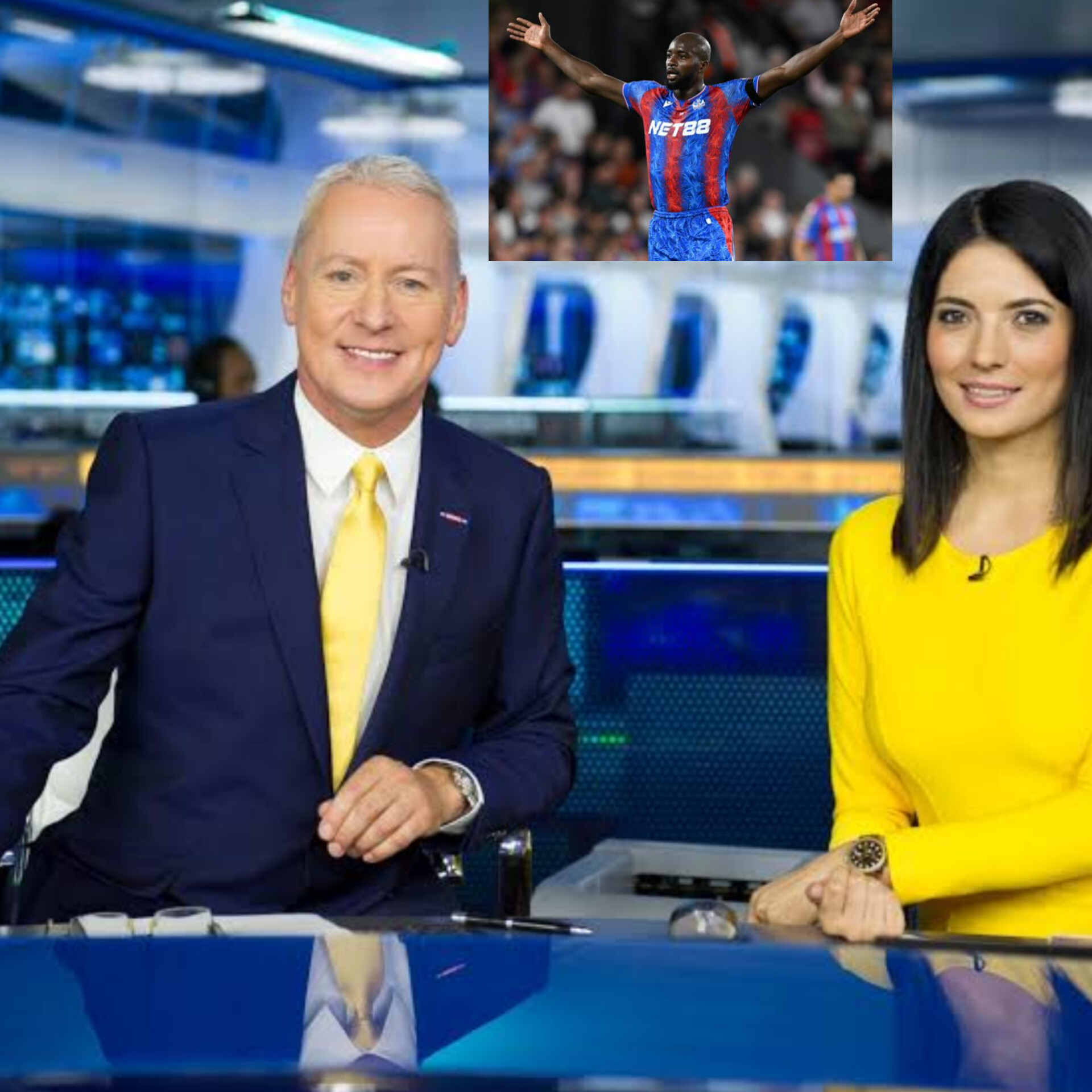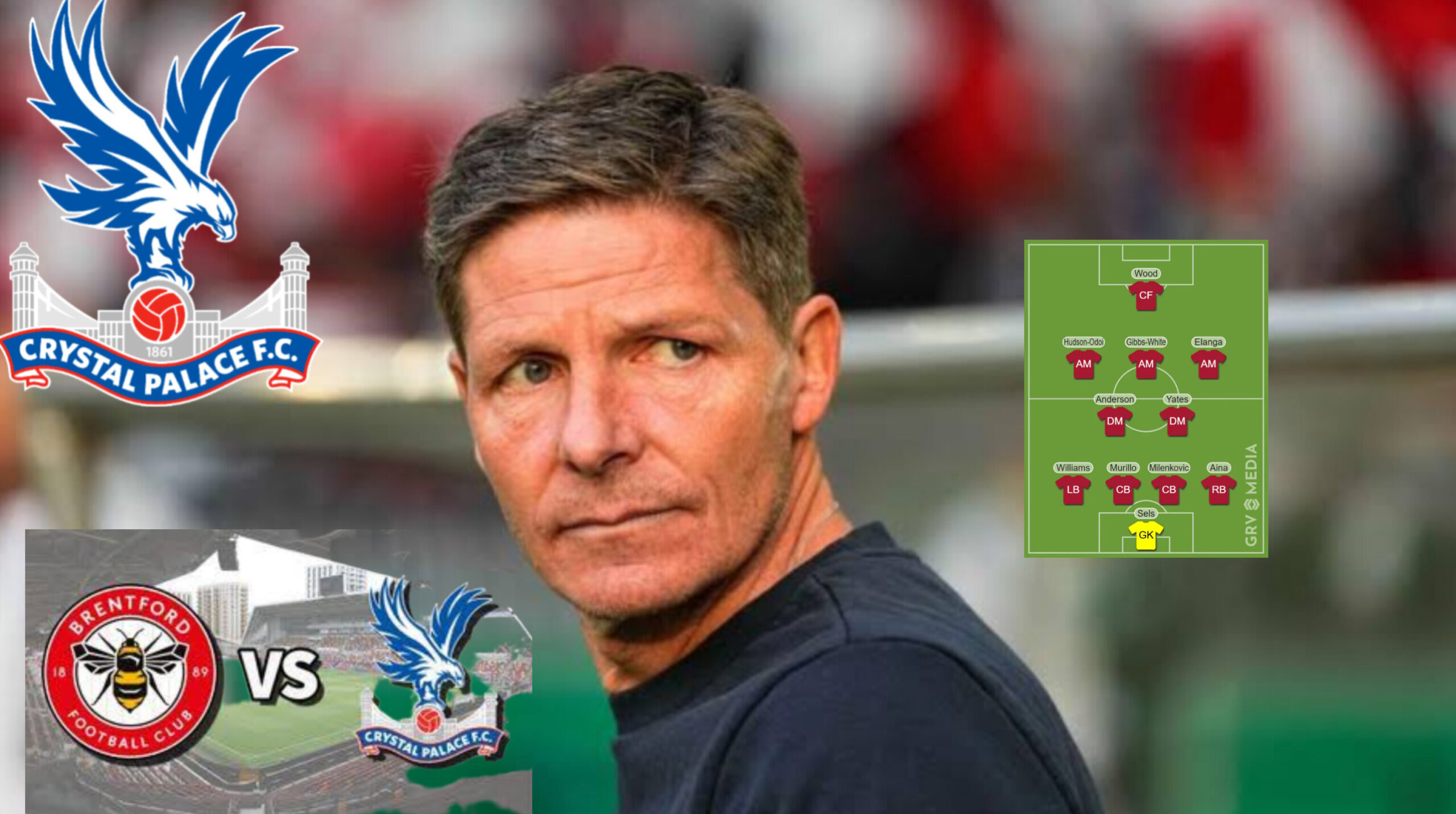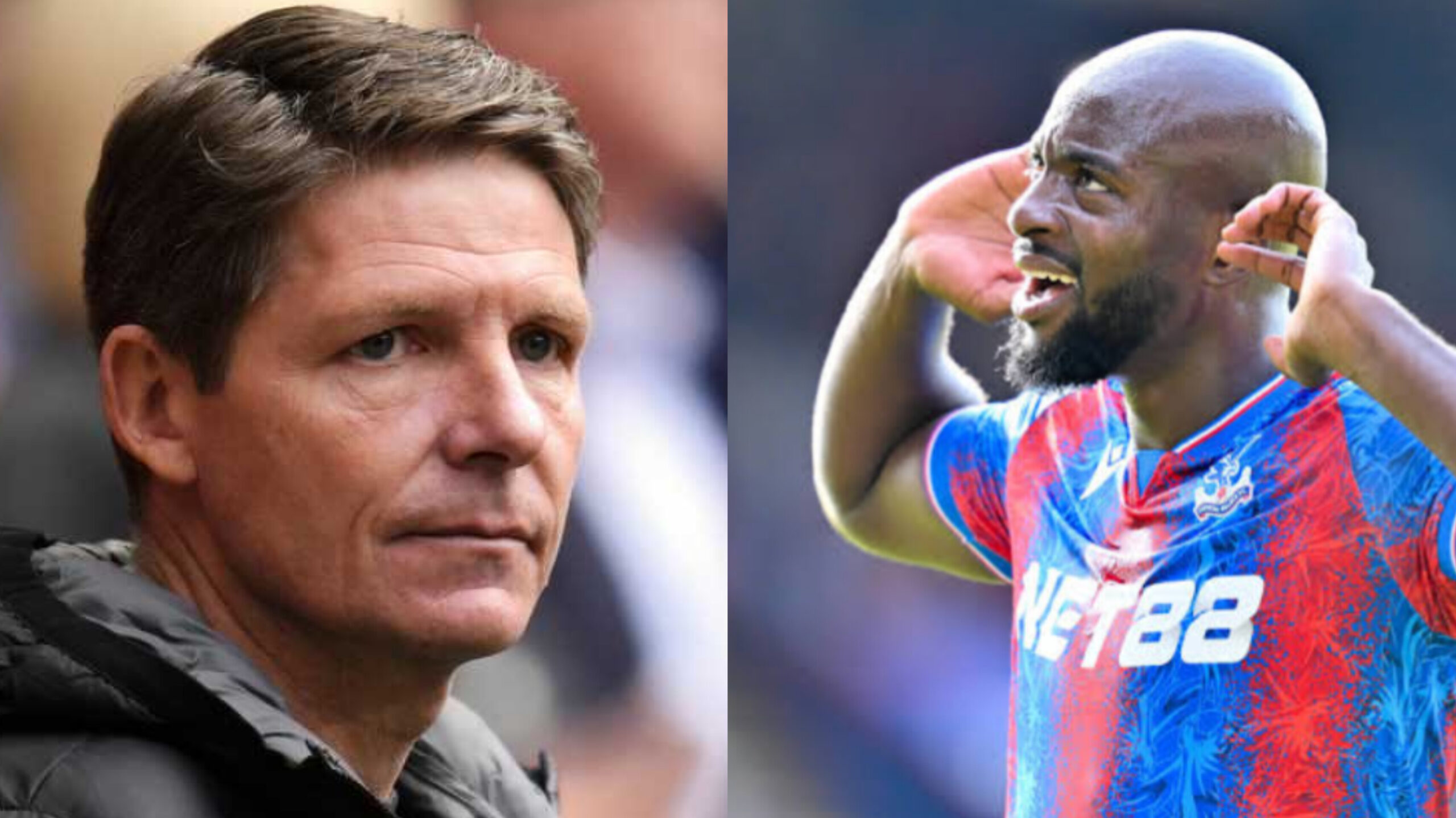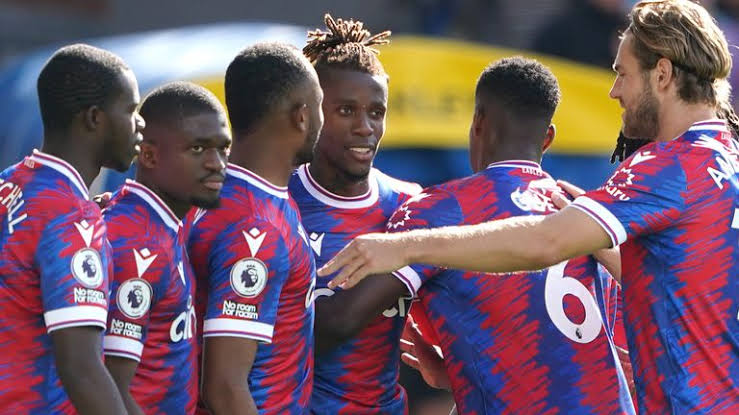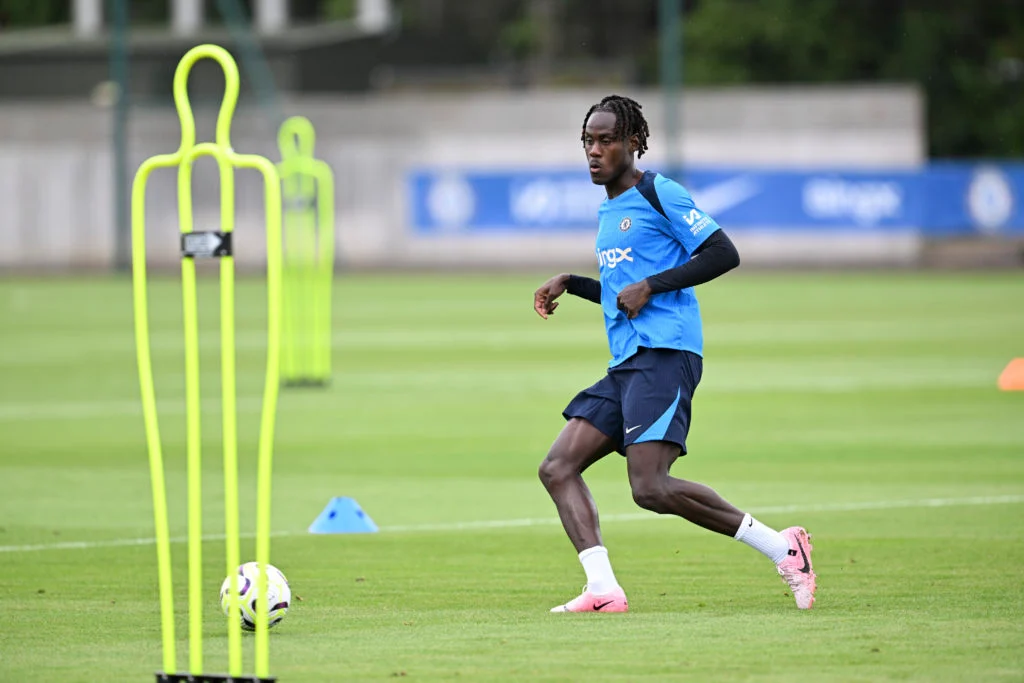Crystal Palace’s defensive renaissance under Oliver Glasner has emerged as a pivotal narrative in the team’s recent resurgence, with the manager expressing profound gratitude to supporters who remained steadfast during the club’s challenging early-season struggles.
The comprehensive 3-1 victory against Brighton not only represented a symbolic “Christmas gift” to fans but also showcased the remarkable evolution of Palace’s defensive configuration.
While Ismaila Sarr’s two-goal performance captured immediate headlines, the tactical sophistication of the back three—comprising Maxence Lacroix, Trevoh Chalobah, and Marc Guehi—proved equally compelling.
Despite initial integration challenges, this defensive trio has rapidly developed a sophisticated tactical understanding.
Having started ten of the last eleven matches across all competitions, they’ve transformed from disparate individual talents into a cohesive defensive unit.
Their performance against Brighton epitomized this progression: maintaining resolute positioning during a period where Brighton dominated 80% possession, executing crucial defensive interventions, and demonstrating exceptional tactical discipline.
Glasner candidly acknowledged the substantial obstacles confronting this defensive trio.
With players arriving at different times, limited pre-season training, and complex logistical constraints, their rapid synchronization represents a remarkable achievement.
The manager emphasized the players’ commitment to understanding the tactical blueprint, highlighting their patience and adaptability.
The defensive transformation extends beyond mere positional awareness. Palace now leads the Premier League in tackles, reflecting an aggressive, proactive defensive approach.
Dean Henderson’s goalkeeping performances have complemented the centre-backs’ efforts, providing an additional layer of defensive security.
Crucially, Glasner maintains a forward-looking perspective. Despite the evident improvements, he remains convinced that the defensive unit has not yet reached its maximum potential.
This relentless pursuit of excellence suggests Palace’s defensive resurgence might be merely the initial phase of a more comprehensive tactical evolution.
The manager’s commentary reveals a nuanced approach: celebrating current achievements while simultaneously challenging his players to continue refining their collective capabilities.
The defensive transformation represents more than just tactical adjustment—it symbolizes the team’s growing resilience, strategic intelligence, and collective ambition.

